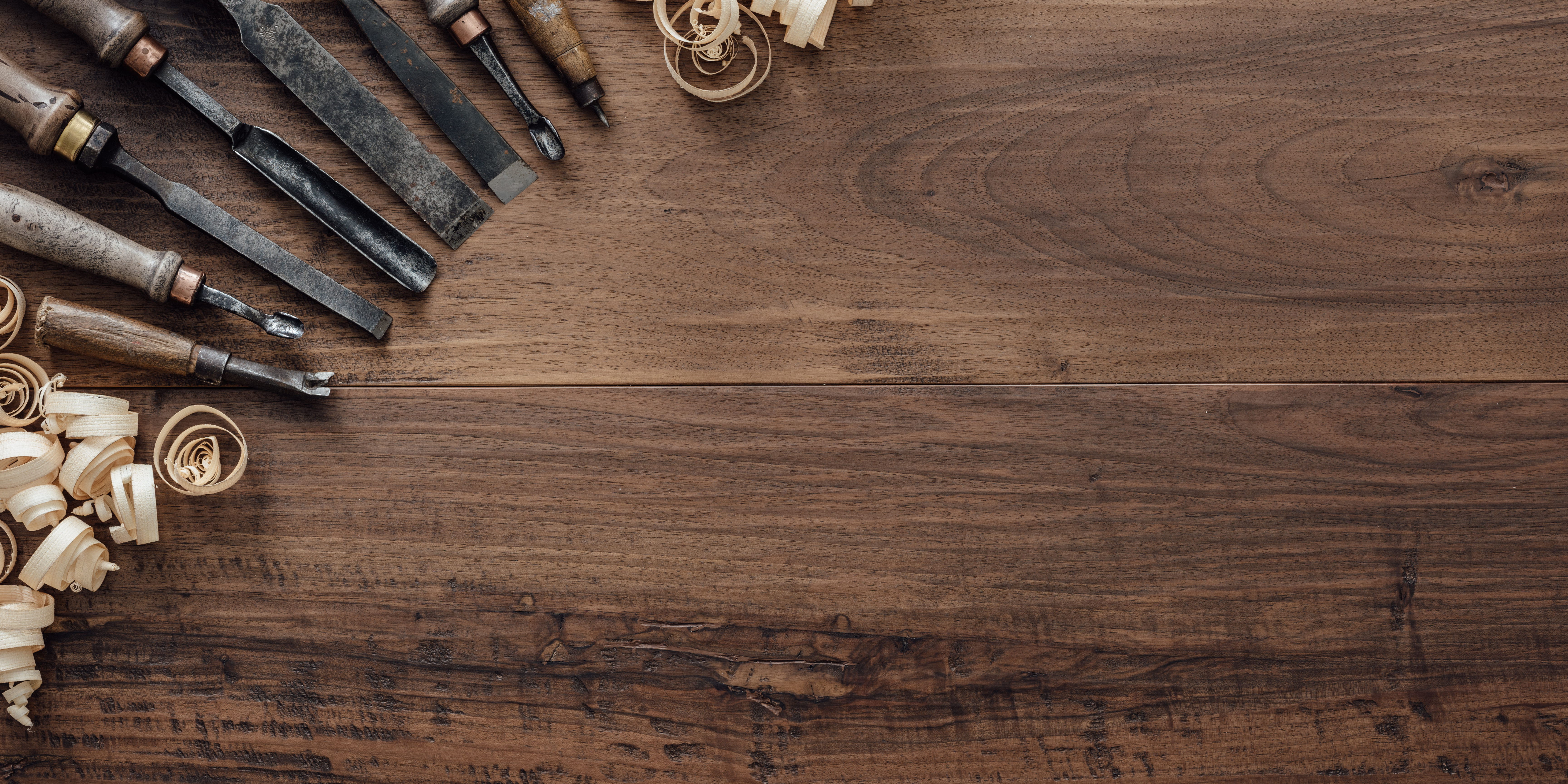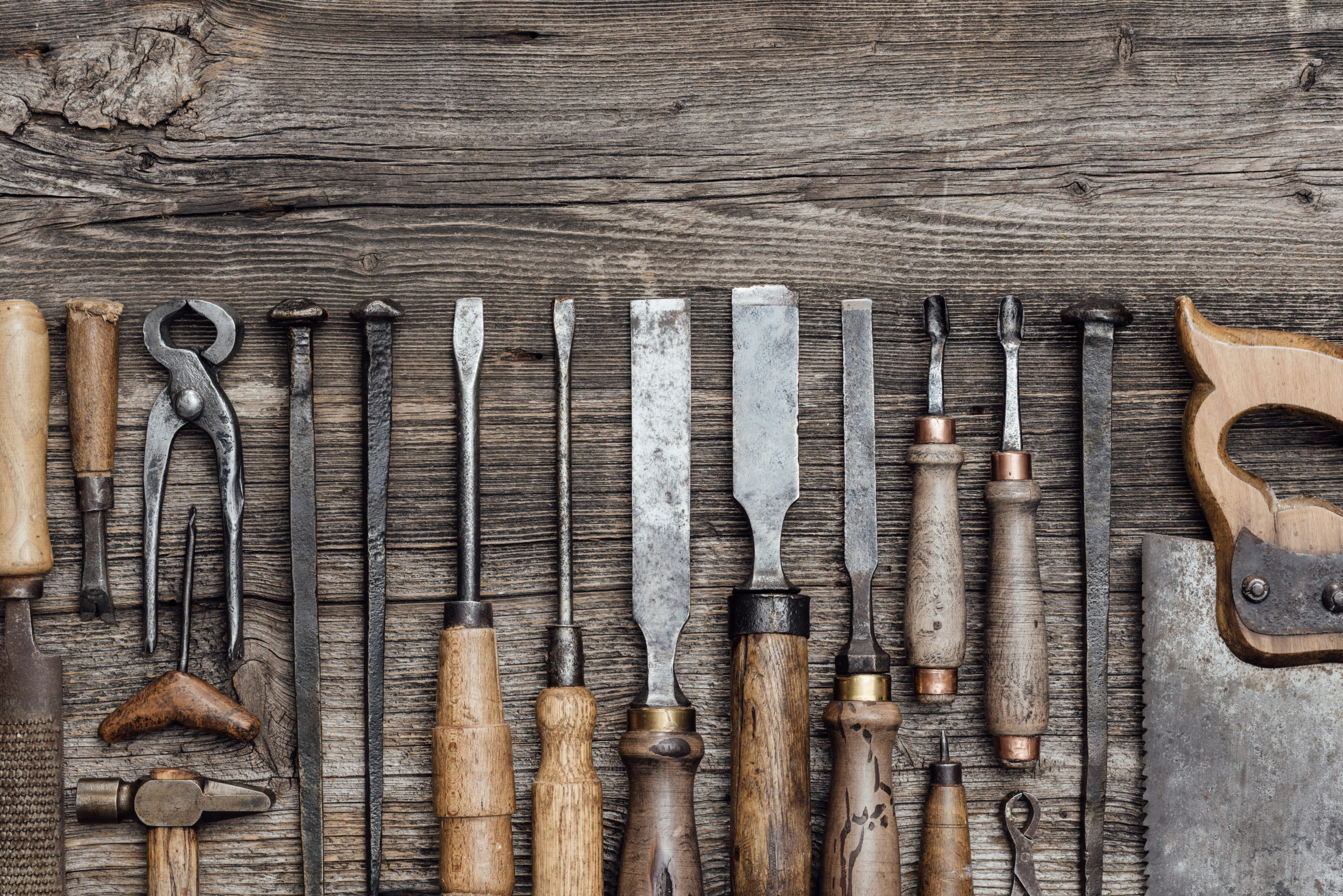In our Veneer Video Series, we’re giving you the knowledge you need to impress clients and grow your understanding of natural products like wood. We know it can be overwhelming to work with so many different products and materials, so we’re breaking down some of the basic information needed to feel familiar with our favorite material, real wood veneer.
If you haven’t seen our first episode in the series yet, be sure to check that out.
In this episode, we are talking to our in-house veneer expert, Chris Clancy, as he guides us through veneer matching. The two most common types of veneer matching are: veneer matching between veneer leaves that comprise a single panel and veneer matching between panels which make up an entire project. In this segment, we will be covering veneer matching between leaves.
Let’s start with the basics: what are the types of veneer leaf matching, and what are they used for? When matching veneer, it’s important to consider several aspects, such as:
- The desired look for the project
- The species of veneer
- The cut of the veneer
- The scope of the project
Based on these factors, the type of matching that should happen can be determined. As Chris describes, there are three primary types of leaf matching when constructing a veneer face: Book Match, Slip Match, and Random Match.
Book Match
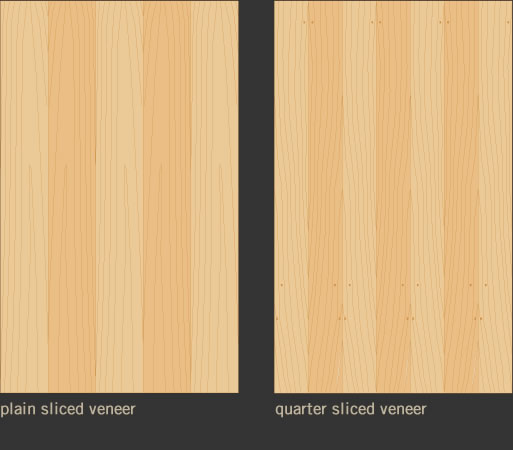
The most common type of matching, Book Match occurs when identical leaves are taken from a bundle of veneer, and every other leaf is flipped over. In essence, you are creating a mirrored image of the veneer in to create a balanced look. Imagine opening a book to view the same image over two pages. This type of matching is primarily used for veneers with prominent grain structure or heavy figure. The intended result is to create a flow throughout the panels.
Slip Match
The result of a Slip Match is a more linear appearance without showing much visual grain matching. A Slip Match occurs when the leaves are laid up in the same orientation, without being flipped. This is used primarily when a veneer does not have a prominent grain feature, is lightly figured, or is a straight cut veneer such as a rift or quartered.
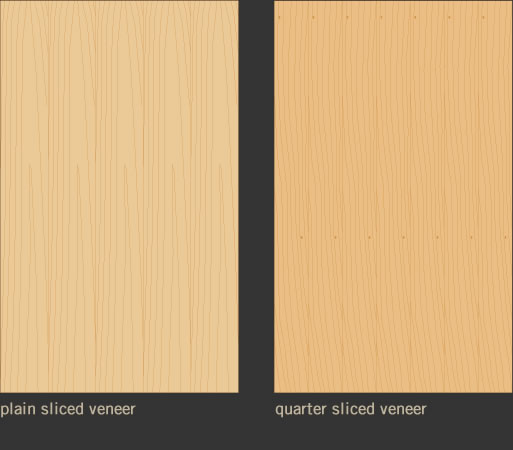
Random Match
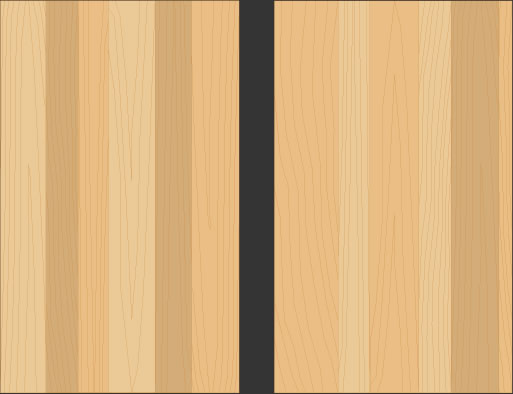
A Random Match is exactly what it sounds like. It occurs when veneer leaves from different bundles are used to construct a face. The veneer leaves taken may have different grain widths and variations. This is typically done if a veneer has a unique character or you’re looking for a rustic appearance. The objective of a random match is to uniformly disperse any unique characteristics in the veneer.
While there is no type of matching that is better than another, understanding the different types of matching is important in deciding which type best suits your project. If you read through the types and are still unsure of which would be best for your project, feel free to talk through your desired aesthetic, project goals, and veneer questions with our team. You can give us a shout at 651-451-4454, or visit us at soundply.com.
Ready to learn more? Stay tuned for our next veneer episode, focusing on how to apply the fundamentals you just learned to a project as a whole.

